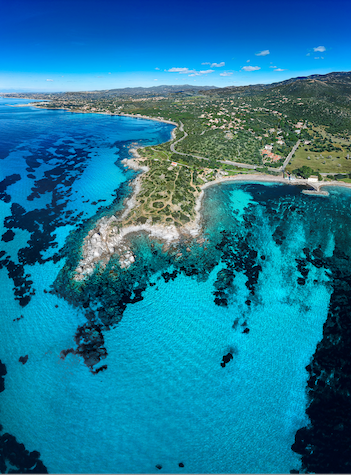Speaker
Description
ALFE2 is an ATLAS Liquid Argon Calorimeter (LAr) Front-End ASIC designed for the HL-LHC upgrade. ALFE2 comprises four channels of pre-amplifiers and CR-(RC)2 shapers with adjustable input impedance. ALFE2 features two separate gain outputs to provide 16-bit dynamic-range coverage and an optimum resolution for small signals. ALFE2 is characterized using a Front-End Test Board (FETB) based on a Zynq UltraScale+ MPSoC and two octal-channel 16-bit high-speed ADCs. The test results indicate that ALFE2 fulfills or greatly exceeds all specifications on gain, noise, linearity, uniformity, and radiation tolerance.
Summary (500 words)
ALFE2 is an ATLAS Liquid Argon Calorimeter (LAr) Front-End ASIC designed for the High Luminosity-Large Hadron Collider (HL-LHC) upgrade. ALFE2 comprises four channels of Pre-Amplifiers (PAs) and CR-(RC)2 shapers (SH) with adjustable input impedance. Each shaper has two separate gain outputs, Low Gain (LG) and High Gain (HG). These outputs can be read out simultaneously to provide 16-bit dynamic-range coverage. ALFE2 includes a Trigger-Sum (TS) output, which has a CR-RC shaper stage with switchable gains between 1 and 3. ALFE2 implements an I2C target block with 16 8-bit internal registers for slow control and configuration purposes. ALFE2 is manufactured in a TSMC 130 nm CMOS process. The die of ALFE2 is 5.00 mm ྾ 4.55 mm packaged in a 196-pin Ball Grid Array (BGA) package with a pitch of 0.8 mm.
ALFE2 is characterized using a Front-End Test Board (FETB), which is a high-speed data-acquisition platform based on a System on aModule (SoM) from Enclustra. The SoM has a Xilinx Zynq UltraScale+ Multiprocessor System on a Chip (MPSoC). The FETB uses two octal-channel 16-bit state-of-the-art ADCs from Texas Instruments. The ADCs sample the output signals of ALFE2 at 40 MHz. The FETB runs Peta-Linux on the embedded ARM processor.
The ALFE2 test results demonstrate that it fulfills or greatly exceeds all specifications for the ATLAS LAr Calorimeter. The measured Equivalent Noise Currents (ENIs) are 170 nA and 50 nA for 25 Ω and 50 Ω input impedances, respectively, about half of the specifications. The measured Integral Non-Linearity (INL) of the HG outputs is below 0.1%, half of the specification of 0.2%. The INL of the LG outputs is below 0.25% (specification 0.5%) in the 80% dynamic range and less than 1% (specification 5%) in the full dynamic range. The Power Supply Rejection Ratio (PSRR) is higher than 20 dB (specification 10 dB) below 1 MHz. Excellent uniformity is measured with a yield of 100% and a large margin observed across 40 ASICs and channels.
Two samples were exposed to 7 kGy and 15 kGy, respectively, in 60Co gamma ray at the dose rate of 0.028 Gy/s. No measurable change is observed on INL and ENI. No significant change is observed in the baselines of the LG and HG outputs. The gain of the LG, HG, and TS outputs has about a 0.2% increase. The change in the trigger sum baseline is about 3 mV (below 0.5%).
A Single-Event Upset (SEU) test was conducted on ALFE2 with 226 MeV protons at the Proton Therapy Center of Massachusetts General Hospital. Four chips were irradiated with the auto-refresh mechanism enabled. No SEU errors were detected in any chip. The cross-section was estimated to be lower than 4.51 ྾ 10-17 cm2/bit after the results of the four chips are combined. The error rate for the entire HL-LHC ATLAS LAr calorimeter is extrapolated to be less than 2.4 bitflips per day.
The characterization tests have demonstrated that the ALFE2 design meets and exceeds all requirements for the ATLAS LAr Calorimeter in the HL-LHC upgrade.
